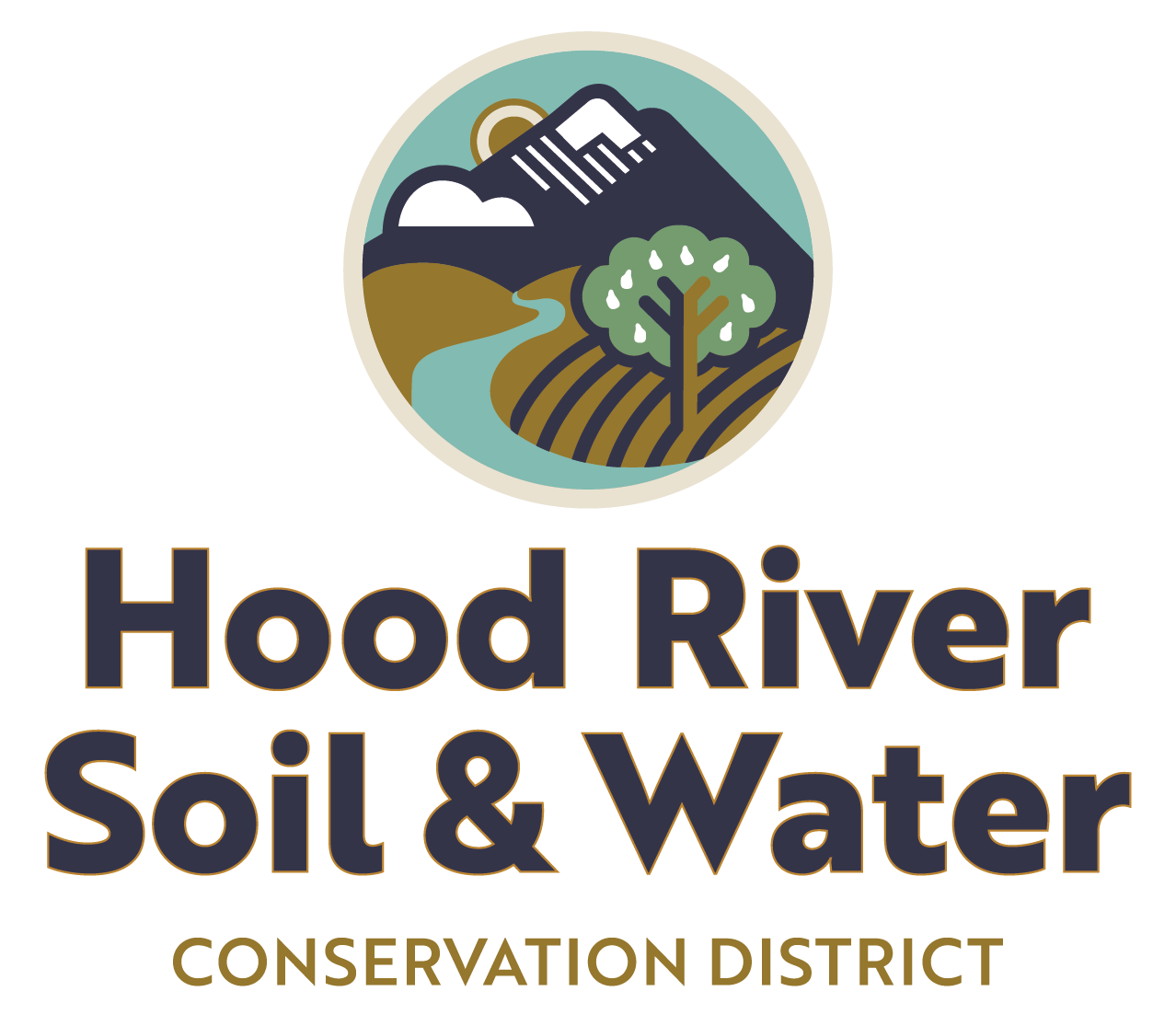Native Plant Sale Frequently Asked Questions (FAQs)
Home › Annual Native Plant Sale › Native Plant Sale Frequently Asked Questions (FAQs)
We are just as excited as you are about your interest in adding native plants into your landscape! You will be able to pre-order native bareroot seedlings and on the day of sale, you will be able to purchase a variety of native potted plants. If you have any questions that are not answered here, please contact Cheryl through email at: cheryl@hoodriverswcd.org or call at: 541-386-4588.
Q.: When do I pick up my pre-ordered plants?
All pre-orders will be available for pick up on the day of sale, Friday, April 4th and Saturday, April 5th at the Hood River Soil and Water Conservation District.
Q.: When can I pre-order my native plants?
2025 Pre-order sales for only bareroot seedlings will open at 9 a.m. on Thursday, January 2nd and will close on Thursday, March 20th.
Q.: When do I pick up my pre-ordered plants?
All pre-orders will be available for pick up on the day of sale, Friday, April 4th and Saturday, April 5th at the Hood River Soil and Water Conservation District.
Q.: I forgot to pre-order, can I still buy bareroot native seedlings?
Yes, of course! On our day of sale, Friday, April 4th and Saturday, April 5th, we will have limited quantities of the pre-order plants available.
Q.: Last year on the day of sale there were potted native plants available for purchase, will they be available again this year?
YES!!! Last year, we had such a great response with the addition of native potted plants, that we have expanded our selection! This year, we will have over 30 different native 3.5 inch or banded potted plants including: Oregon Sunshine, Camas, Columbian Larkspur, Shooting Star, Large Leaf Lupine, Chocolate Lily and so much more! These potted plants will not be released for pre-order and are only available for purchase on the day of sale, Friday, April 4th and Saturday, April 5th.
Q.: How big are the pre-ordered plants? What do the plants look like?
The tree and shrubs are 1-3 years old that will come as bareroot, meaning without soil surrounding the roots. The plants will most likely be dormant so on the deciduous trees and shrubs, there will not be leaves or flowers. The milkweed will be rhizomes (about 1″ long pieces of white root).
Q. How will my order be packed?
The bare root seedlings will be bundled together inside of a household garbage bag with the roots facing down. The roots will have a wet paper towel packed around them to keep them moist while in cold storage. Milkweed will be packed in Ziplock bags with sawdust. You will receive a bag with your plants and attached to the bag will be your plant order.
Q. How soon should I plant? What if I can’t plant right away?
Your seedlings have the best chance for survival if you plant them as soon as possible, preferably the same day you pick them up. Store newly purchased seedlings in a cool, dark location until they can be planted. If you are unable to plant them within the first few days, make sure the dampen the roots periodically. If it is going to be several weeks or more before you can plant, please heel the trees/shrubs in. This means digging just one hole for all of your plants and temporarily putting them in the ground until you can transplant them into their own spaces.
Q. How do I plant my plants?
As mentioned above, get these plants into the ground as soon as possible. Make sure the roots do not dry out while you are planting. Give the roots another spray down with a hose. Check out this planting video from Clark Conservation District in Washington. The video shows a step-by-step process on how to plant potted plants, plug or bulb material, rhizome (root) plantings, and bareroot plantings.
Q.: Do I need to irrigate? Do I need to mulch?
There should be some form of irrigation for at least the first two to three years. These plants are young and do not have very established root systems. Regular, deep waterings will promote deep root growth making the plants less susceptible to droughts in the future.
Bark mulch can be a great addition to any planting. Mulch reduces the amount of weeds and retains moisture in the soil. It is not necessary, but mulch can give your plantings an advantage.
Q.: Where do you get your plants from?
We source most of our conifers from Lava Nursery, here in Parkdale. Our deciduous trees come from Champoeg Nursery in Aurora, OR. Some of the plants come from the Washington Association of Conservation Districts (WACD) in Bow, WA or other nurseries fairly close by.
Q.: The sale is over, are there leftover plants I can by?
Unfortunately, no. After the sale is over, we donate plants to restoration projects and schools, or have we have the extra plants grown out for our in-house restoration plantings. However, there are a lot of fabulous native nurseries. Locally, check out Humble Roots in Mosier. Additionally, the East Multnomah SWCD has a list of “Local” Sources of Native Plants.
Have any additional questions?
Contact Cheryl by email at: cheryl@hoodriverswcd.org or by phone at: 541-386-4588.

